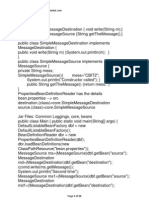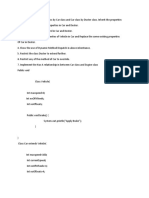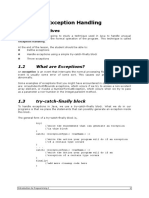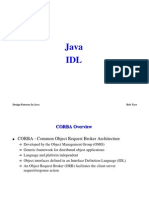0% found this document useful (0 votes)
17 views10 pages50 Siddhesh Umate Advance Java Lab
The document provides a practical guide for implementing dependency injection in a Spring application using setter methods, featuring an Employee and Address class. It includes the necessary Maven configuration, Java classes, and XML configuration for Spring context. Additionally, it demonstrates Spring AOP with various advice types for an EmployeeService class, showcasing method execution and exception handling.
Uploaded by
sidumate11Copyright
© © All Rights Reserved
We take content rights seriously. If you suspect this is your content, claim it here.
Available Formats
Download as PDF, TXT or read online on Scribd
0% found this document useful (0 votes)
17 views10 pages50 Siddhesh Umate Advance Java Lab
The document provides a practical guide for implementing dependency injection in a Spring application using setter methods, featuring an Employee and Address class. It includes the necessary Maven configuration, Java classes, and XML configuration for Spring context. Additionally, it demonstrates Spring AOP with various advice types for an EmployeeService class, showcasing method execution and exception handling.
Uploaded by
sidumate11Copyright
© © All Rights Reserved
We take content rights seriously. If you suspect this is your content, claim it here.
Available Formats
Download as PDF, TXT or read online on Scribd
/ 10


















































































